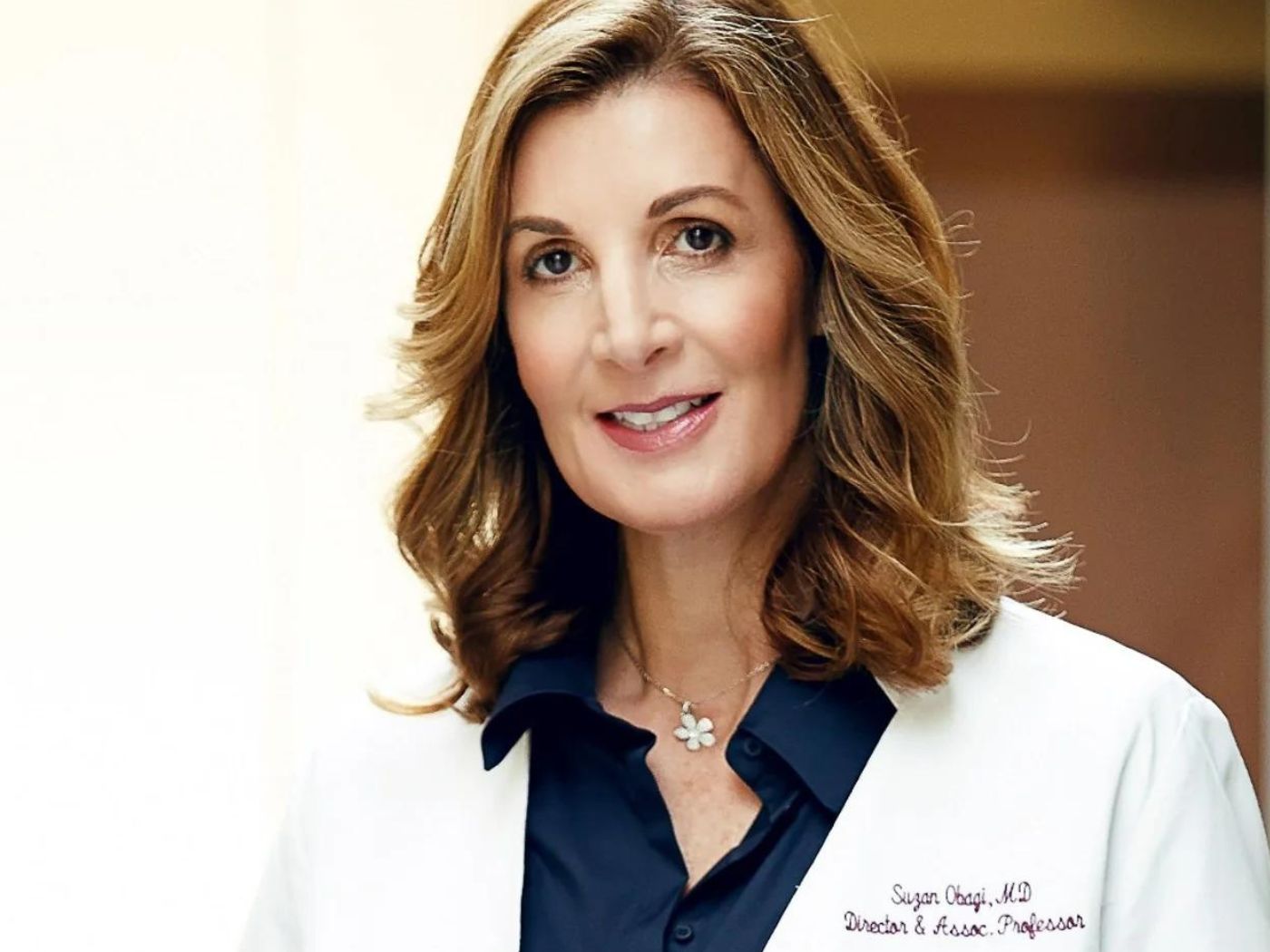Low-income shoppers are fueling beauty and personal care growth during a time where economic stability and financial outlooks remain uncertain. NielsenIQ reports that the low-income segment comprises the largest portion of beauty and personal care shoppers both in-store and online. As these shoppers continue to seek out convenience and high-value, high-quality products, they will continue to shop across the omnichannel landscape in an effort to meet new needs in a timely, cost-effective manner. The low-income segment’s strong preference for online shopping will continue to develop even further as they become increasingly dependent on product comparison capabilities to search for the best deal. “With the vaccine rollout well underway in the U.S., it’s imperative that retailers create seamless, equal shopping experiences both in-store and online by offering a balanced product assortment, building shoppers’ engagement by proactively recommending high-value, high-quality products and converting impulsivity into additional dollars,” said Tara James Taylor, Senior Vice President, NielsenIQ. Here, more insights on the low-income become shopper from NielsenIQ.
- Low-income shoppers (consumers who earn less than $50K annually) now possess the highest online dollar share in beauty and personal care.
- Throughout the pandemic, low-income shoppers have accelerated their online beauty and personal care spend by 69%, which was as much as 27 percentage points more than other segments.
- The low-income segment increased household penetration for online beauty and personal care by 40.9%, while penetration declined 5.4% in-store.
- Over 60% of all beauty and personal care shoppers are making at least half of their purchases online.
- By September 2020, 17.8% of low-income beauty and personal care shoppers purchased an online beauty and personal care product on impulse.
- For reference – total beauty and personal care sales grew by +18.2% during the 29 weeks ending Sept. 26, 2020.
For additional beauty data insights, click here.




